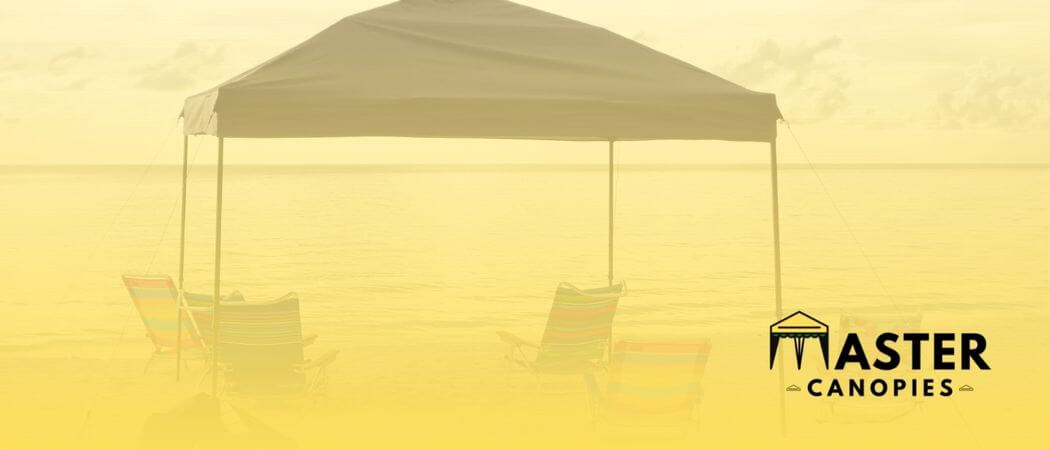
Canopy vs Gazebo: Which is Better and What are the Differences?
Canopy vs Gazebo: Which are Better and What are the Differences? Published November 11th, 2022 by Allen Campbell Canopies vs Gazebos: Summary There’s nothing better
Published November 11th, 2022 by Allen Campbell
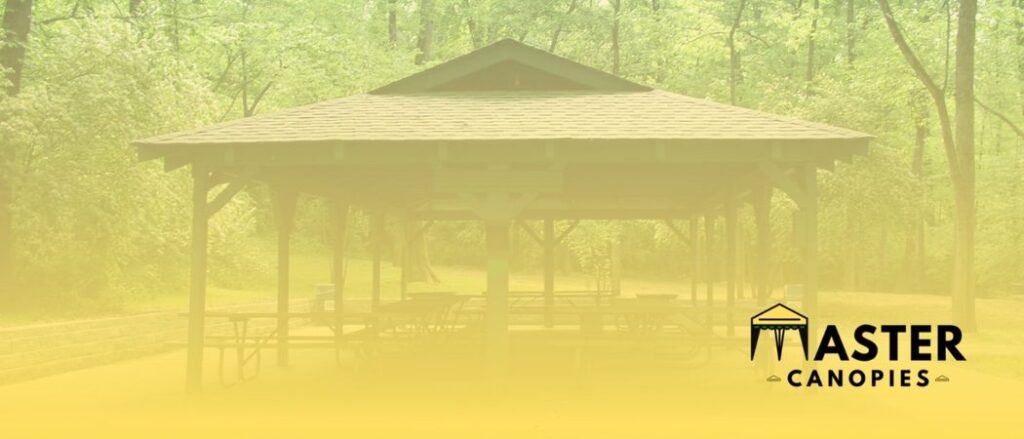
If you’re looking to add a backyard structure, you have a few options to choose from. You can buy a pavilion, or you can buy a gazebo. Both have their own unique benefits and drawbacks, so how do you know which one is right for you? If you’re unsure of the difference between these two types of outdoor structures, read on for a complete breakdown so that you can make an informed purchase.
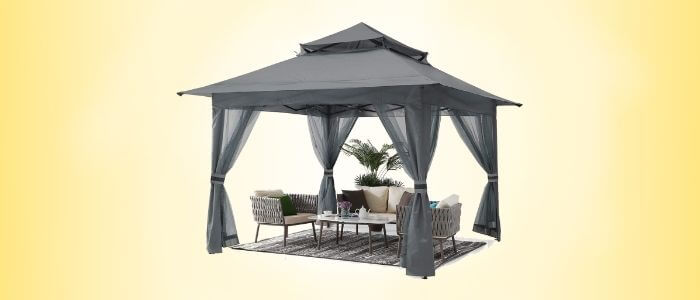
A Gazebo is a perfect place to relax, meet up with friends, or just enjoy the outdoors. Gazebos typically have an octagonal or oval shape and are open on all sides. These allow for optimal airflow, making them perfect for hot summer days. It is an outdoor structure that is usually placed in gardens. Additionally, it is used as a center of attention in many outdoor events.
The gazebo is traditionally built with wood, though there are many diverse materials that can be used. If you want your gazebo to last longer for many years, you should choose hardwood like cedar. Hardwoods are usually more durable and sturdy than other types of wood.
But if you are a person who doesn’t want any type of hassle, you can always buy a DIY gazebo kit that is available in the market. Gazebos are not only made of wood; you can also find gazebos constructed from aluminum, steel, and vinyl.
Gazebos are made in a variety of designs. The most popular design is the octagonal shape. This type of gazebo provides eight corner posts that support the roof. Other shapes include oval and rectangular. The design of your gazebo should complement the overall look of your backyard.
If you have a lot of backyard space, then buy a bigger size gazebo. But if you have a small backyard, then you should choose a smaller size gazebo. But, you will find 3 things common in every design that are the roof, flooring, and open sides.
You will find roofing in every type of Gazebo. The roofing material blocks enough sun to keep you cool on sweltering days and also provides UV protection. Asphalt shingles are the most common type of roofing material used on gazebos. But you can also find roofs made out of metal or plastic.
You can find fabric roofs in some Gazebos as well i.e portable gazebos. Usually, supported by the posts, the roofs are slanted so that rain and snow can easily slide off.
As I have told you before Gazebos are open from all sides. These features allow for optimal air circulation, making them perfect to use on hot summer days. You can also find Gazebos that have screens on the sides.
These types of Gazebos are perfect if you want to keep bugs and mosquitoes out. Additionally, you can also find Gazebos that have curtains on the sides. These types of Gazebos provide privacy and protection from the sun and wind.
However, gazebos have some disadvantages too:
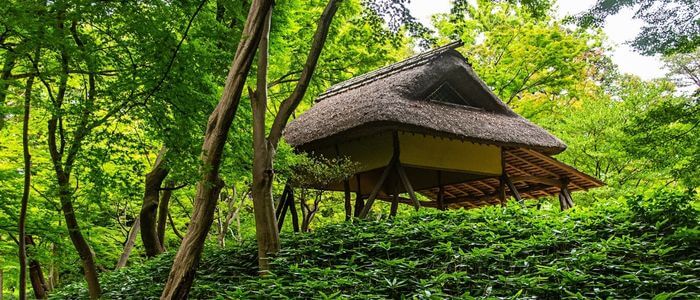
Pavilions are very similar to gazebos in that they are outdoor structures with a roof and open sides. However, pavilions are typically larger than gazebos and have more of a rectangular shape.
Pavilions are also usually permanent structures that are built into the ground, while gazebos can be portable. You can construct the pavilion according to the design of your home to make it look like an extension of your house.
By offering protection from the sun, rain, and other weather conditions, pavilions provide a great way to enjoy spending time outdoors. Pavilions are the perfect place to entertain guests or host outdoor events. You can set up chairs and tables inside the pavilion to create a comfortable seating area. You can also use the pavilion to store outdoor furniture or equipment when it’s not in use.
There are various materials used to construct pavilions. The three most common types of materials used for pavilions are wood, metal, and vinyl. However, the stone is another possibility. Each type of material has its own unique set of pros and cons that you should consider before making a choice.
Wood pavilions continue to be popular because they provide a timeless look. Wood is also a natural material that blends well with most landscapes. However, wood pavilions require more maintenance than other types of pavilions. To maintain the wood and keep it from being ruined by outside elements, you will need to stain or paint it.
Metal pavilions are more durable than wood pavilions and they offer a modern look. Metal pavilions are easier to take care of than other types because they don’t need to be stained or painted as often. However, metal pavilions can be more expensive than wood pavilions.
If you’re exploring options and leaning towards a low-maintenance option, vinyl pavilions may be the right fit for you. Vinyl is a type of plastic that makes the pavilion resistant to weather damage. With a wide range of colors to choose from, you can easily find a vinyl pavilion that matches the look of your home. After you install a vinyl pavilion, you will never have to paint it.
The bigger and more open design of the Pavilion provides more space and shelter as compared to Gazebo. It is an important factor to consider if you entertain large gatherings often or have a lot of outdoor furniture. It gives you more room to move around and also protects your belongings from rain or sun.
The Pavilion is widely open from all sides as compared to Gazebo, which has rails around it. The main shape of the Pavilion is rectangular, and it is placed close to the ground, while Gazebo has an octagonal or oval shape and stands on stilts.
There is no flooring in the Pavilion, and it is placed on the ground. You can put grass or any other flooring of your choice in the Pavilion. But if you want to floor similar to that of the Gazebo, then you need to install it at an extra cost.
The roofing of the Pavilion is fully closed, and you can find it in different shapes such as triangular or rectangular. No sun and rain can enter the Pavilion due to its closed roofing.
The pavilion has wide-open sides with no windows, while Gazebo has rails around it and windows in some cases. The open sides of the Pavilion give a feeling of more space as compared to Gazebo. You can see the beautiful surroundings without any obstruction if you are inside the Pavilion.
Below are some disadvantages-
So, is a pavilion better than a gazebo? In short, it depends on what you’re looking for. Pavilions are typically more expensive than gazebos, but they offer more features and often look more elegant.
Gazebos can be bought for less money and may be all you need if you just want a place to relax in your backyard. In the end, it is your call to make based on what you cherish most about having an outdoor structure. Do you want something that will make a statement or do you just need some shade?
You might be wondering if a gazebo will add any value to your home before you buy one. It really depends on the situation. If you live in an area where buyers are clamoring for homes with outdoor entertaining spaces, then a gazebo could definitely give your home an edge.
However, if you live in a more low-key neighborhood, potential buyers might not be willing to pay extra for a gazebo. In conclusion, take your home’s geographical features and Bear them in mind when making any improvements. If you think a gazebo would be an asset to your property, then go for it! Otherwise, there are other ways you can consider increasing the value of your home.
A gazebo is a structure that is built for the sole purpose of providing shade and a place to relax. They are a popular addition to gardens and yards, and can often be seen in parks and other public spaces. Gazebos can be crafted from an array of materials, including wood, metal, and plastic.
They typically have an open roof with a lattice of beams or posts and may be decorated with curtains or other fabrics. Gazebos are built to last for multiple years, but the duration depends on both the materials used and how often they’re maintained.
Wood gazebos will usually last 10-15 years, while metal and plastic gazebos may last slightly longer. However, all gazebos will eventually need to be replaced, so it is important to factor this into the overall cost of ownership.
The answer to this question is contingent upon several conditions, including the size of the gazebo and its designated use. For example, a small gazebo might be best suited to a square or rectangular shape, while a larger gazebo might look more impressive with a more complex design.
The most important thing is to make sure that the gazebo is proportional to the rest of the garden; a gazebo that is too large or too small will stick out like a sore thumb.
As for the use of the gazebo, that is entirely up to the homeowner. Some people use their gazebos as outdoor living rooms, complete with furniture and décor, while others use them as simple garden shelters. There is no incorrect answer, so select the shape that works best for you.
A gazebo is a charming addition to any garden, but it can be tricky to know where to place it. After all, you want to be sure that your gazebo will be both practical and aesthetically pleasing. A good rule of thumb is to choose a spot that is slightly elevated and away from any trees or bushes.
This will give you a clear view of your surroundings and ensure that your gazebo is not overshadowed by other garden features. An important thing to think about is how much sunlight your gazebo will receive. If you want to use your gazebo as a summer retreat, then it’s important to choose a location that gets plenty of sunlight.

Allen is a full time writer at Mastercanopies.com and enjoys traveling around the United States and exploring nature. He enjoys writing about canopies as he believes they are extremely crucial in having a successful camping trip whether it be a trip to the beach, mountains, or the open plains.

Canopy vs Gazebo: Which are Better and What are the Differences? Published November 11th, 2022 by Allen Campbell Canopies vs Gazebos: Summary There’s nothing better
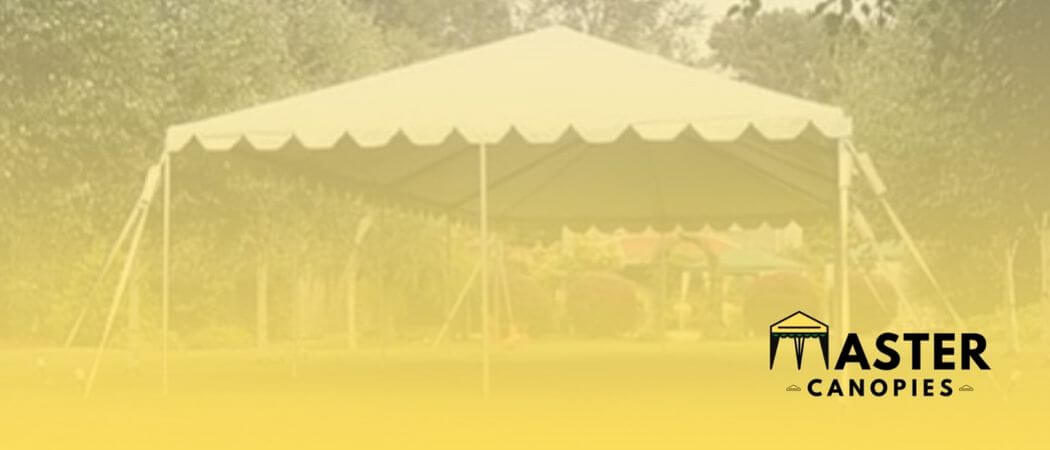
Best 20×20 Heavy Duty Canopy Tents Published October 17th, 2022 by Allen Campbell Want to find the best 20×20 heavy duty canopy tents for large
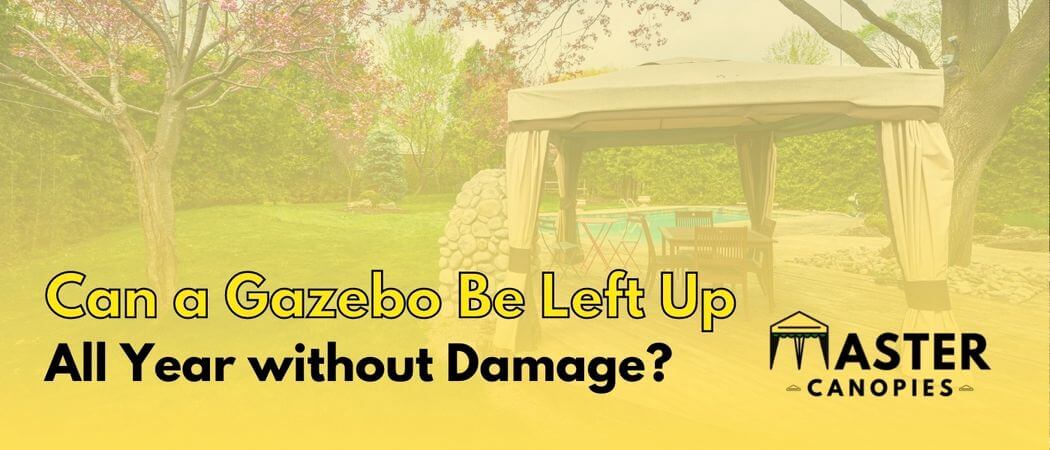
Can a Gazebo be Left Up All Year without Damage? Published October 7th, 2022 by Allen Campbell It’s no secret that gazebos are a popular
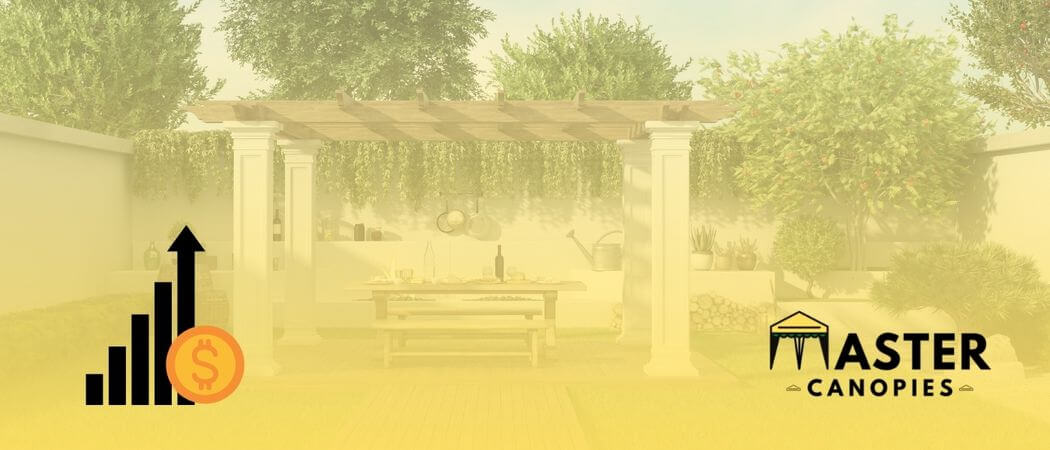
Does a Gazebo Add Value to Your Home? Published October 7th, 2022 by Allen Campbell Are you thinking of adding a gazebo to your home?
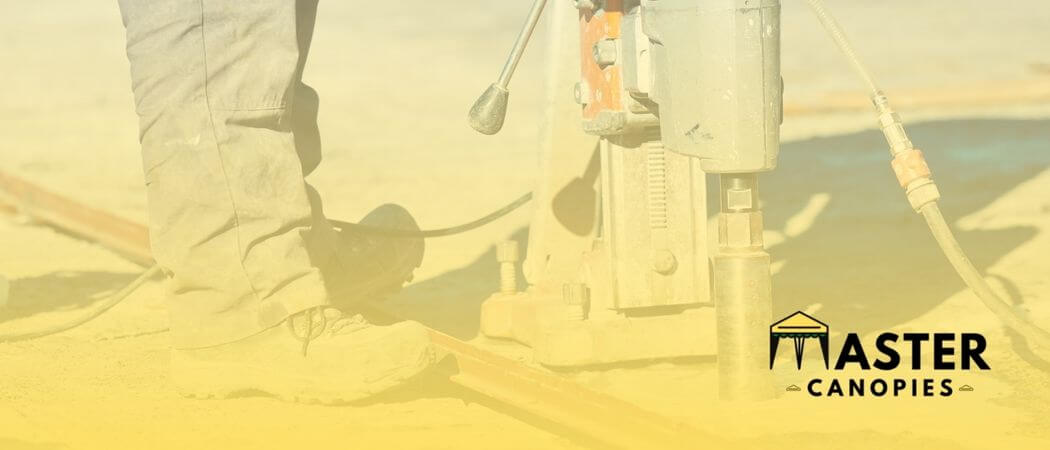
How to Anchor a Gazebo to Concrete Published October 7th, 2022 by Allen Campbell If you want to anchor a gazebo to concrete, you’ll need
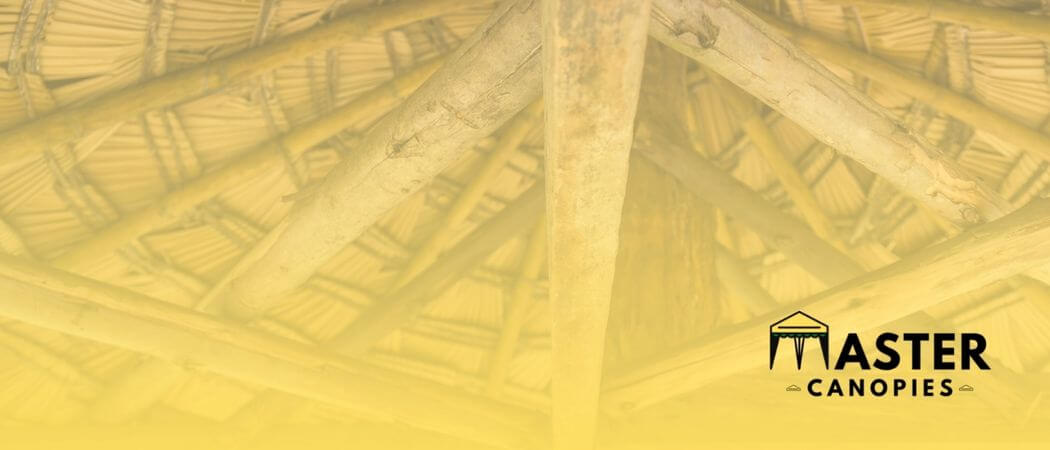
How to Repair Gazebo Roof: DIY Gazebo Roof Repair Published October 7th, 2022 by Allen Campbell Do you have a gazebo that needs a new
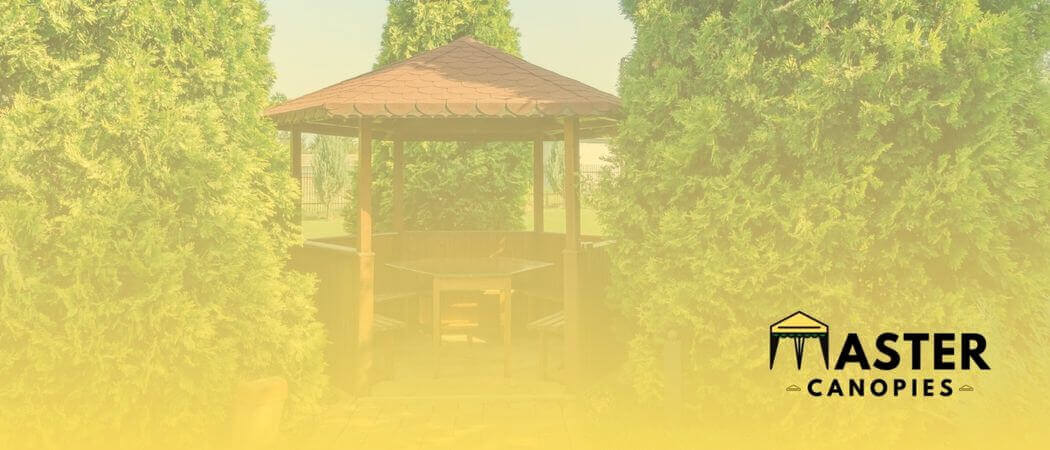
What are Gazebos Used For? Published October 7th, 2022 by Allen Campbell You’ve seen Gazebos in movies and TV shows and pictured in magazines and
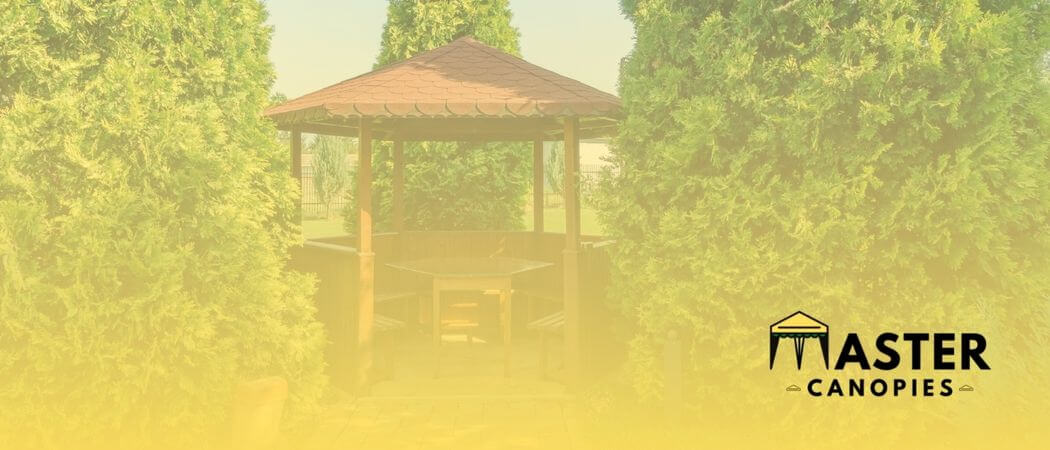
What is the Best Material for a Gazebo Roof? Published October 7th, 2022 by Allen Campbell What kind of roof should you put on your
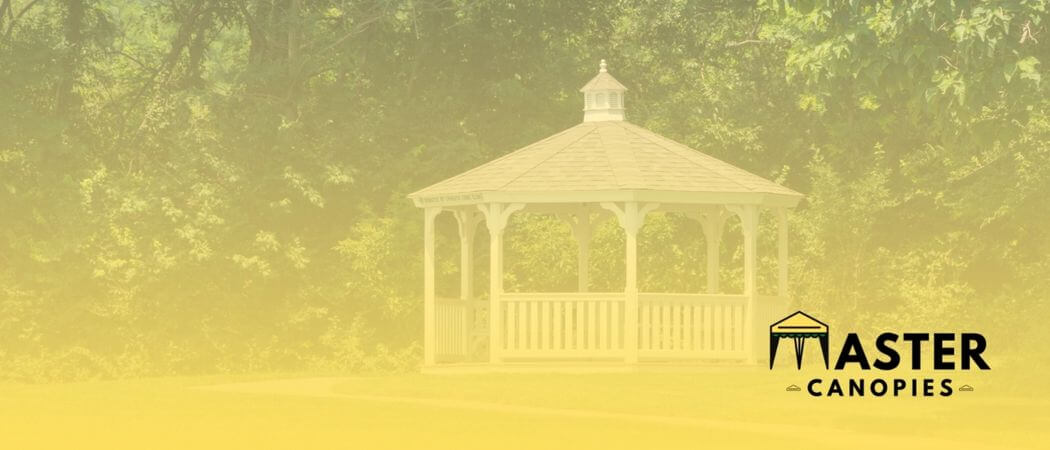
History of Gazebos: Who Invented the Gazebo? Published October 6th, 2022 by Allen Campbell Let’s talk about the history of gazebos. Who invented the gazebo?

Master Canopies is here to bring you the best canopies for the outdoors so that you can enjoy the fresh air without the gleaming and burning light of the sun.

Master Canopies is here to bring you the best canopies for the outdoors so that you can enjoy the fresh air without the gleaming and burning light of the sun. As an Amazon Associate, we earn from qualifying purchases.